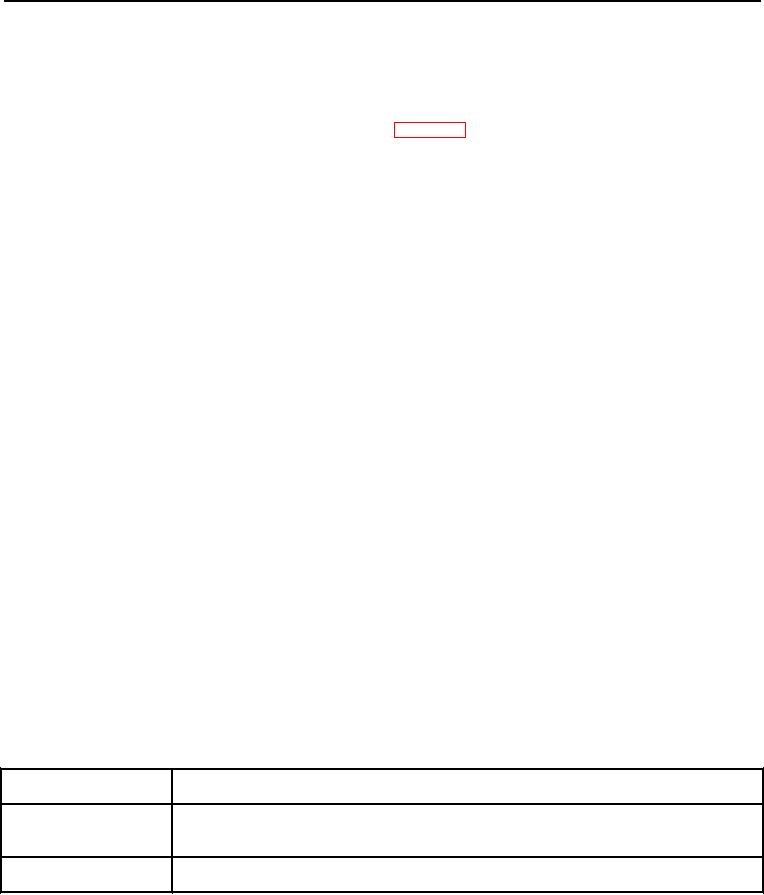
TM 5-3810-305-23
0021
GENERAL PMCS PROCEDURES
1. Always perform PMCS in the same order so it gets to be a habit. Once you've had some practice, you should
be able to spot anything wrong in a hurry. If the crane does not perform as required, refer to the appropriate
work package in Troubleshooting Symptom Index (WP 0004).
2. If anything looks wrong and you can't fix it, write it on forms DA Form 2404 or 5988-E. If you find something
seriously wrong, IMMEDIATELY report it to your Maintenance Supervisor.
3. Before performing preventive maintenance, read all the checks required for the applicable interval and
prepare everything needed to make all the checks. For example, you will always need a rag, or two.
a. Keep It Clean. Dirt, grease, oil, and debris get in the way and may cover up a serious problem.
Clean as you work and as needed. Use Solvent Cleaning Compound Type III on all metal surfaces.
Use soap and water when you clean rubber, plastic, and painted surfaces.
b. Rust and Corrosion. Check metal parts for rust and corrosion. If any bare metal or corrosion exists,
clean and apply a light coat of lubricating oil. Report it to your Maintenance Supervisor.
c.
Bolts, Nuts and Screws. Check bolts, nuts, and screws for obvious loose, missing, bent, or broken
condition. You cannot try them all with a tool, but look for chipped paint, bare metal, or rust around
bolt heads. If you find one is loose, notify your Maintenance Supervisor.
d. Welds. Look for loose or chipped paint, rust, or gaps where parts are welded together. If you find
a bad weld, report it to your Maintenance Supervisor.
e. Electric Wires and Connectors. Look for cracked or broken insulation, bare wires, and loose or
broken connectors. Reconnect loose connectors. Ensure that wires are in good condition. If any
damage or looseness is present, notify your Maintenance Supervisor.
f.
Hoses and Fluid Lines. Look for wear, damage, and signs of leaks. Check for loose clamps and
fittings. Wet spots indicate leaks, but a stain around a fitting or connector can also mean a leak. If
a leak comes from a loose fitting or connector, notify your Maintenance Supervisor. If something is
broken or worn out, notify your Maintenance Supervisor.
g. Fluid Leakage. It is necessary for you to know how fluid leakage affects the status of your crane.
The following are definitions of the types/classes of leakage you need to know to determine the
status of the crane. Learn and be familiar with them, and remember: when in doubt, notify your
Maintenance Supervisor.
Table 1. Leakage Definitions for PMCS.
Class I
Leakage indicated by wetness or discoloration, but not great enough to form drops.
Class II
Leakage great enough to form drops, but not enough to cause drops to drip from the item
being checked/inspected.
Class III
Leakage great enough to form drops that fall from the item being checked/inspected.
END OF WORK PACKAGE
03/15/2011Rel(1.8)root(pmcsintrowp)wpno(I00026)

